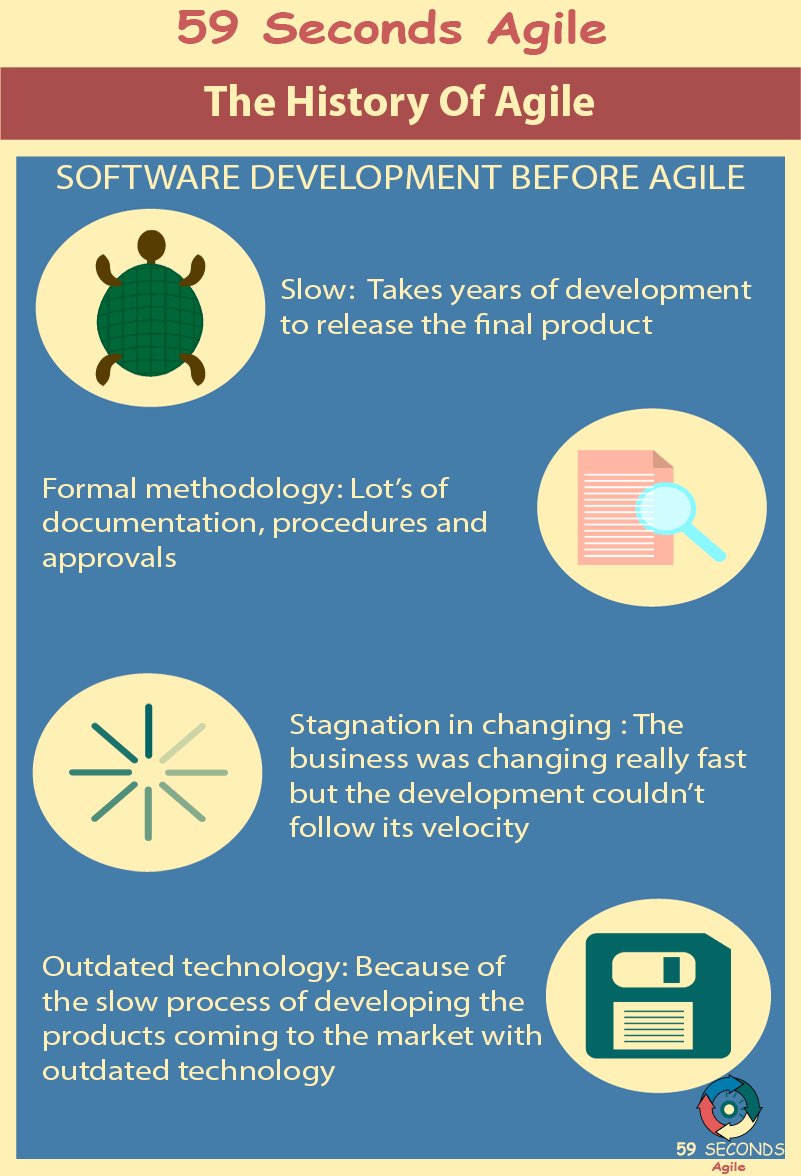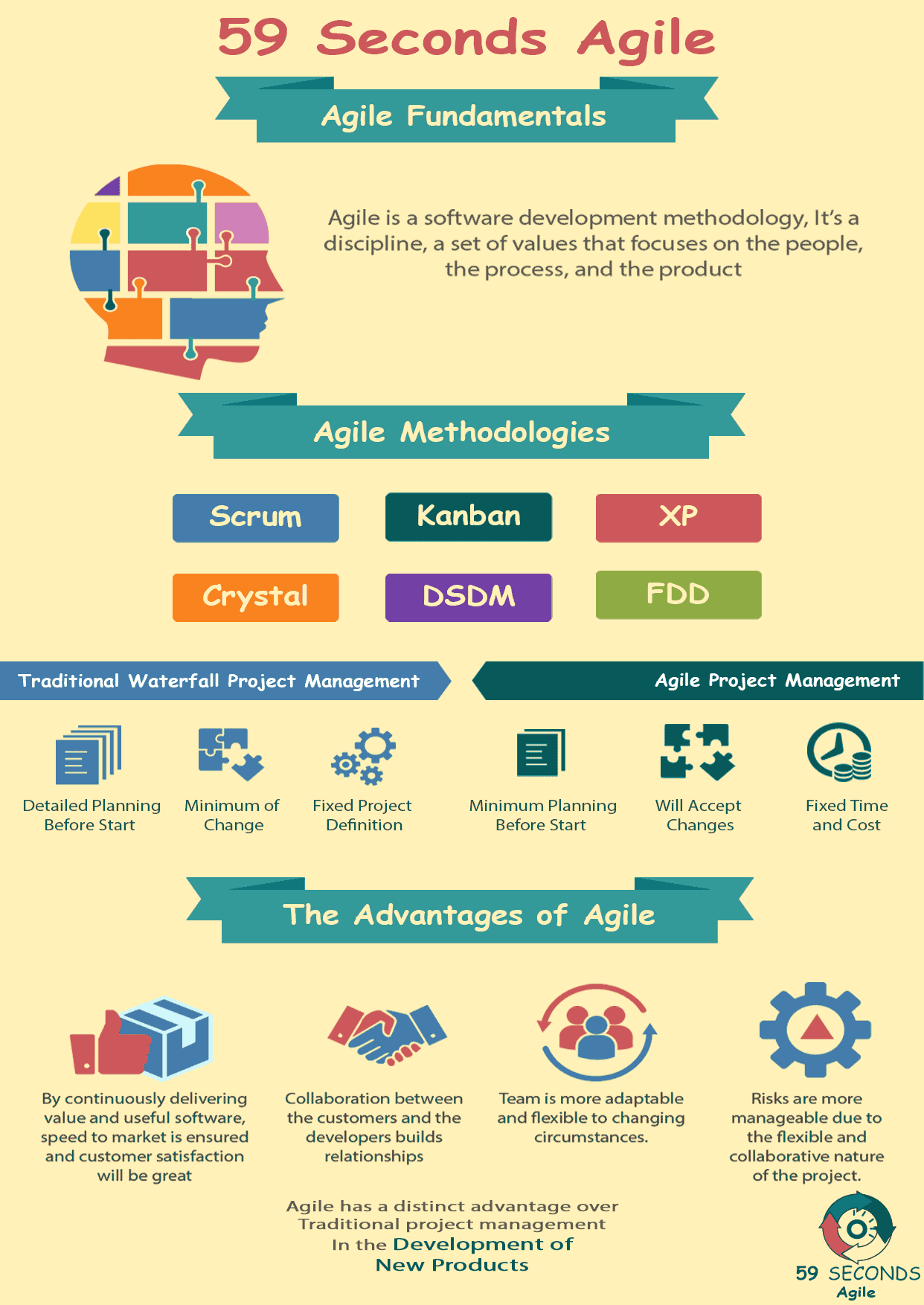This article looks to discuss the Agile Project Phases and discusses the Scrum Master role within Agile Projects. The article covers the different phases of an Agile project including initiate, plan and estimate, implement, review and retrospective, and release.
The Agile Fundamentals
A 59 Seconds Agile Video Animation
Agile Project Phases For Scrum Masters – Part 2
A 59 Seconds Agile Article
Agile Project Phases
Below are the steps followed in the Agile values and principles:
Agile Project Phases: The Initiate Phase of An Agile Project
Initiate: In this phase, the initiation of the activities for the project is done. The teams aim to achieve a stakeholder consensus about the project objectives and get the funds necessary to develop the project.
Agile Project Phases: The Plan and Estimate Phase of An Agile Project
Plan and Estimate: In this phase, planning and the estimation of tasks are done. The phase takes its inputs from the outputs of the previous phase, which include Prioritised Product Backlog, Done Criteria and Personas.
Agile Project Phases: The Implement Phase of An Agile Project
Implement: In this phase, the activities and tasks outlined in the Effort Estimated Task List are executed in a bid to create a working product of the project. The main inputs to this Agile phase include the Sprint Backlog and the Prioritised Product Backlog. The various project deliverables are created, Daily Stand-up Meetings conducted as well as refining, which involves the reviewing, fine-tuning and updating of the Product Backlog.

Agile Project Phases: The Review and Retrospective Phase of An Agile Project
Review and Retrospective: In this phase, the work which has been done or the deliverables are reviewed. This is done in a bid to ensure that the team has developed the right product, which means that there is a high chance of the customers accepting it. Ways which can help in the improvement of the project work are determined. The newly found ways will be used in the next sprint so as to ensure that a better product than the previous one is released to the customers.
Agile Project Phases: The Release Phase of An Agile Project
Release: In this phase, the Accepted Deliverables are delivered to the customers, and the lessons which were learned during the project development are identified, documented and internalized. Of course, the organization needs to grow in terms of delivering quality products to their customers. This is why they have to determine what they have learned and then implement such lessons during the development of future projects as a show of improvement.
The difference in Agile’s phases is that they will all happen together throughout each sprint. Each Sprint the team deliver a small part of the software and start working in the next part for the next sprint. After each sprint, the development team will plan the next job to be done, put back into the backlog any task that couldn’t be completed previously and apply any changes that may appear down the road.
Prev <— Continue Reading —> Next
Our Favourite Agile Books
We found these books great for finding out more information on Agile Scrum:
Prev <— Continue Reading —> Next
User Stories Applied
A 59 Seconds Agile Book Review
User Stories Applied by Mike Cohn is one of our favourite books on Agile User Stories. The book starts with an overview into user stories, and details what a user story is and the different aspects of them. He then discusses how to go about writing a user story, and provides details of the INVEST criteria that can be used to determine if the story is meeting all of its objectives. Next Mike gives an in depth discussion of who user stories are written for and where to begin when gathering the details for them. The book then discusses acceptance testing user stories, including how to go about specifying these criteria and the responsibilities of the development team and customers during this process.
Prev <— Continue Reading —> Next
Learn More
Agile Project Management Training Courses
Agile Fundamentals
A 59 Seconds Agile Infographic


